This dance was constructed as a tactic to keep blacks oppressed and it rewards them with cake/ luxury food at the end. It became very popular during the late 1800s and early 1900s.
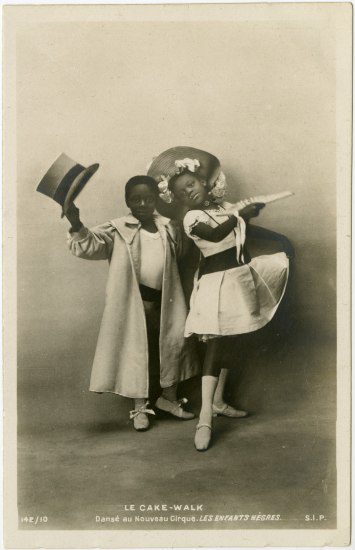
Cakewalk is a term that is evolved since the existence of slavery. It was meant for Slaves to entertain the master by dancing in ways that were erotic and uncivilized. Whoever, the master thought was the most entertaining would win a cake or special luxury food. Many Blacks agreed to this because of the harsh conditions slaves were forced to live under. The idea of having cake was rare and many were willing to work for it. This tactic kept slaves in accordance with their masters. It allowed the Master to maintain control.
This dance became very popular after the Civil war and the emancipation of slaves. The dance was reconstructed in different ways, but still served the same purpose to dehumanize slaves. It developed new names and versions over time. Names such as a “prize walk” and “taking the cake” are a few examples.
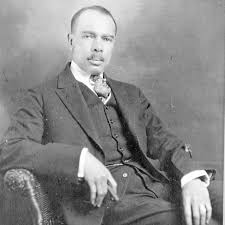
The Paris World Fair was also a large way that Cakewalk remained popular overtime. The dance has been translated across seas and was doing very well in the international market for Blacks and White who were American. Shows were performed with Blackface and also African Americans who cake walked in shows across cities in fairs such as the one in Paris. Two popular performers were Williams and Walker. They were both African American and performed in the Paris World Fair in the late 1880’s. They referred to themselves as “The Two Real Coons”. This name alone got them a lot of media attention and showed that people of different cultures like to watch Blacks perform to the dance just as much as blackface. This did not improve the status of equality nature of Blacks at the Fair and in the society.
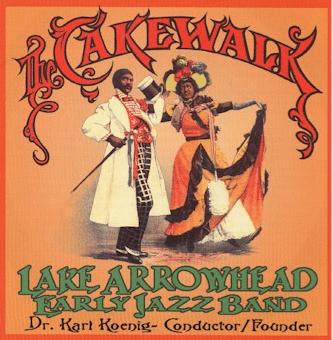
Cakewalk developed it owns culture for Blacks too. They wore bright colors as if they were clowns
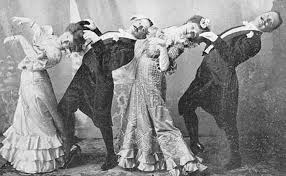
This is a picture of White people doing the cakewalk and mocking black people while purposely being crazy.

The Paris World Fair exposed the world to minstrel shows and the depth of this racist dance. People both white and black began immediate this dance at the world fair.

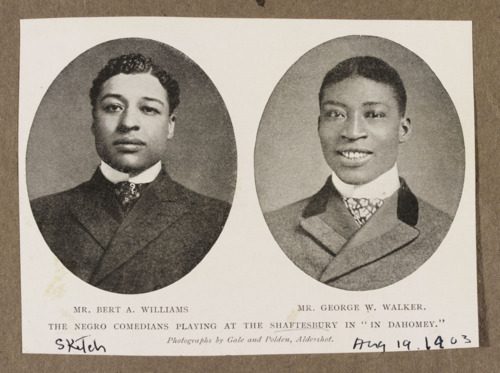
George Walker and Bert Williams grew up watching white people imitate black people in minstrel shows and through the cakewalk dance. The two duet thought they could perform better than any other white could. Their act was a response of the mocking they saw in white people. This was an act that was still rare for blacks to be a part of. They moved to New York and began engaging in several Broadway shows where they were a success. One of their famous performances was a cakewalk musical called “The Gold Bug”.
https://americanhistory.si.edu/blog/who-takes-cake-history-cakewalk
https://americanhistory.si.edu/sites/default/files/file-uploader/2_AC281_Rudy_Walker.jpg
https://dancehistorydevelopment.wordpress.com/2013/05/08/the-cakewalk/
https://aaregistry.org/story/the-cakewalk-a-black-expression-through-dance/

Login to your account